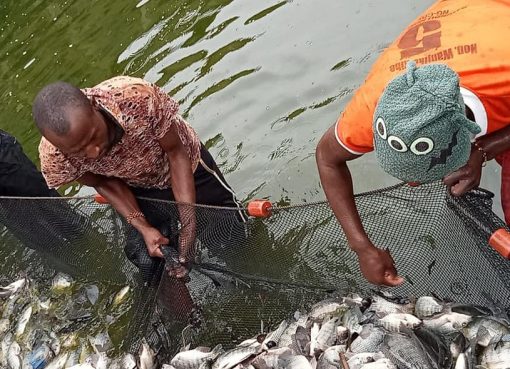A total of 267 HIV-exposed infants have graduated in Migori County during World Aids Day, giving them hope for a bright future.
Migori County Focal Person for Prevention of Mother-to-Child Transmission (PMCT), Caroline Odera said that the 267 HIV-exposed infants were born from HIV positive mothers; who walked the journey with their babies and ensured that infants viral is suppressed.
Ms Odera who addressed the locals at Awendo Green Park during World Aids Day affirmed that the infants will now be released to the general population after having remained negative during the castigative care.
She added that the county has also ensured that HIV pregnant women and breastfeeding mothers get psychosocial support to share their challenges.
Odera also disclosed that Migori County’s mother-to-child transmission rate stands at five percent and through the help of organisations like the Catholic Medical Mission Board (CMMD) they aim to achieve zero mother-to-child transmission by 2027.
Migori County Executive Committee Member (CECM) for Health Services Julius Nyerere urged the community to take up the lead in the fight against HIV new infections and mother-to-child transmission.
He acknowledged that the county together with the HIV partners has managed to reduce the HIV prevalence from 14.7 percent to 10.4 percent in the last three years.
However, Migori County remains one of the top five counties in Kenya with a high HIV prevalence rate but according to Nyerere, the county’s efforts together with partners have started to bear fruits. He called upon the community to take up the initiative to reduce HIV prevalence as well as mother-to-child transmission.
The CECM also encouraged the county residents to do regular testing to know their status and employ speedy migration to treatment where necessary.
Catholic Medical Mission Board (CMMB) Official Benson Onyango explained that the organisation has walked the journey with HIV mothers in ensuring their infants remain negative.
Onyango noted that the board was implementing global funds programme funded through the Kenya Red Cross Society to create awareness and demand for health care services at the community level to help people living with HIV.
The funds will also target men in the high-risk sectors in the county like boda boda, cane cutters, and gold miners; sectors that put them at a greater risk of contradicting HIV in the county.
Meanwhile, the Executive Director of Lake Victoria Initiative and a survivor of HIV for 30 years Peter Gwengi encouraged the community’s need to take up responsibilities of helping curb the HIV menace.
Gwengi said that a lot of new infections do occur in the December festivals urging the youths to take up the responsibility of their health.
He also encouraged those living with HIV to go for non-communicable disease screening to address any complications that may put their health at risk.
He pointed out that Tuberculosis (TB) was the leading killer disease in HIV-positive aging society and it was important to do screening to ensure necessary migration steps in addressing the same.
By Geoffrey Makokha





